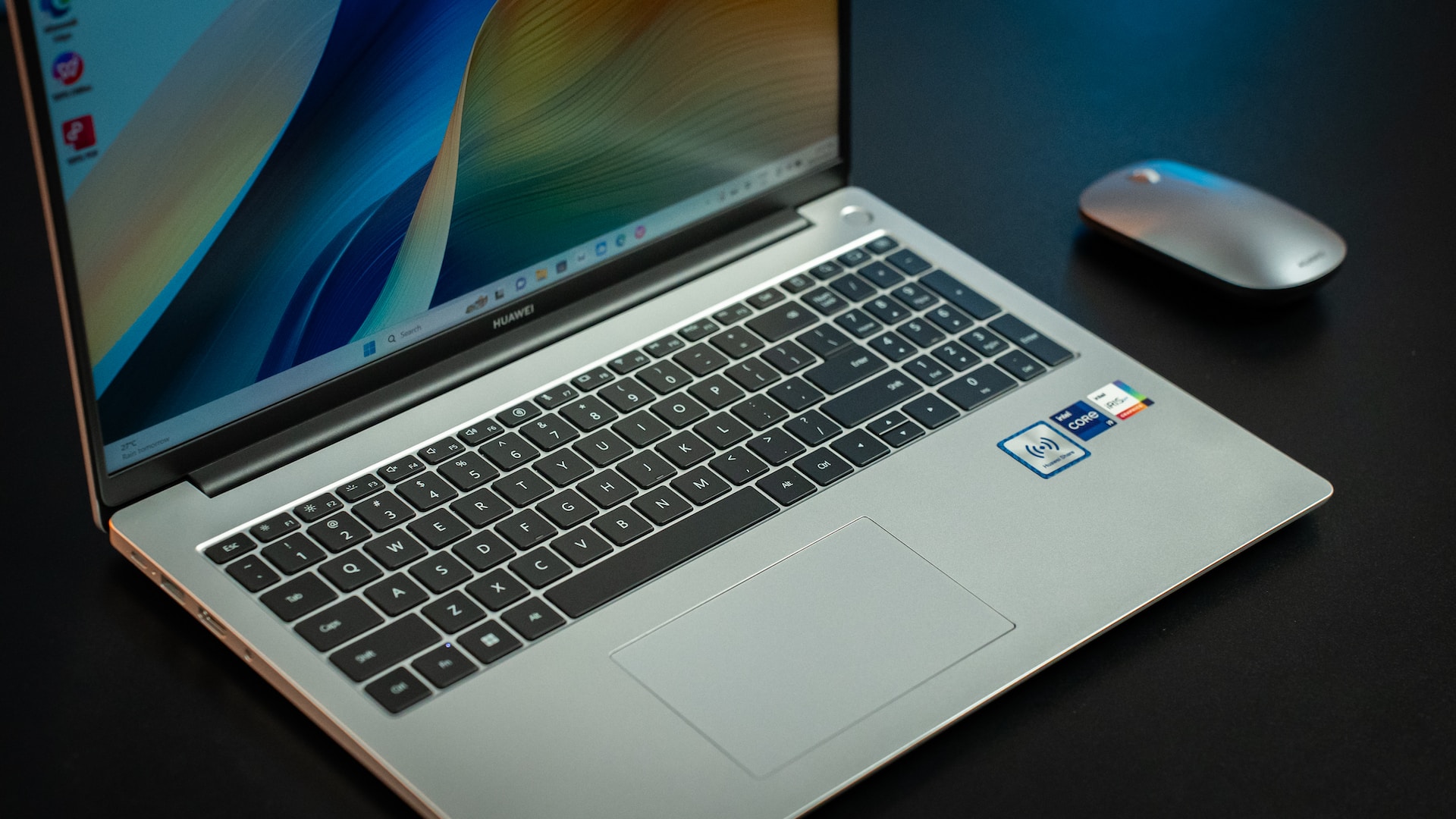Huawei has introduced the Kirin 9006C for its Qingyun L540 and Qingyun L420 notebooks. Unfortunately, the single-core and multi-core performance, like that of the Kirin 9000S and Kirin 9000SL, has yet to equal what the competition offers, but that is how difficult things become when global trade prohibitions limit your alternatives.
Single-core, Multi-core Scores for Huawei's Kirin 9006C Reveal Disappointingly Slow SoC
Several PCs equipped with the Kirin 9006C have been tested, and the single-core and multi-core results are available on Geekbench 6. One Qingyun L420 unit scored 1,229 and 3,577, which is quite disappointing given that the SoC is designed to function in laptops, which require greater computing power than smartphones.
Unlike the majority of brands that run Windows 10 and Windows 11, Huawei's Qingyun L540 and Qingyun L420 run a proprietary operating system known as “UnionTech OS Desktop 20 Pro.” Because the operating system is lighter than Windows 10 or Windows 11, a high-end chipset is not required.
If Huawei is given the option to return to Microsoft's platform, it will need to create something with a little more oomph. We discovered that the Kirin 9006C's single-core and multi-core results are slower than the Snapdragon 8cx Gen 3, a Qualcomm SoC that lags far behind Apple's M2 in the same test.
Kirin 9006C: Huawei's Pursuit of Semiconductor Independence Despite Performance Hurdles
Just yesterday, it was discovered that the Kirin 9006C is a 5nm SoC developed by TSMC, not SMIC. While Huawei is lagging in the semiconductor race, a 5nm chipset still has good power-efficiency properties. In short, the Qingyun L540 and Qingyun L420 should outlast the average notebook in their class, but that doesn't change the reality that the Kirin 9006C is weak.
SMIC, China's largest semiconductor company, is pursuing 5nm wafer development using existing DUV machinery, as per WCCFTech. While this method will be more expensive and time-consuming, not to mention result in lower yields, Huawei likely wants independence from foreign companies and the US in order to design chipsets that can compete with Apple's M-series and Qualcomm's Snapdragon X Elite.
Photo: Amanz/Unsplash



 OpenAI Moves to Acquire Neptune as It Expands AI Training Capabilities
OpenAI Moves to Acquire Neptune as It Expands AI Training Capabilities  YouTube Agrees to Follow Australia’s New Under-16 Social Media Ban
YouTube Agrees to Follow Australia’s New Under-16 Social Media Ban  Senate Sets December 8 Vote on Trump’s NASA Nominee Jared Isaacman
Senate Sets December 8 Vote on Trump’s NASA Nominee Jared Isaacman  Australia Moves Forward With Teen Social Media Ban as Platforms Begin Lockouts
Australia Moves Forward With Teen Social Media Ban as Platforms Begin Lockouts  Quantum Systems Projects Revenue Surge as It Eyes IPO or Private Sale
Quantum Systems Projects Revenue Surge as It Eyes IPO or Private Sale  Samsung Launches Galaxy Z TriFold to Elevate Its Position in the Foldable Smartphone Market
Samsung Launches Galaxy Z TriFold to Elevate Its Position in the Foldable Smartphone Market  Anthropic Reportedly Taps Wilson Sonsini as It Prepares for a Potential 2026 IPO
Anthropic Reportedly Taps Wilson Sonsini as It Prepares for a Potential 2026 IPO  Microchip Technology Boosts Q3 Outlook on Strong Bookings Momentum
Microchip Technology Boosts Q3 Outlook on Strong Bookings Momentum  Hikvision Challenges FCC Rule Tightening Restrictions on Chinese Telecom Equipment
Hikvision Challenges FCC Rule Tightening Restrictions on Chinese Telecom Equipment  Amazon and Google Launch New Multicloud Networking Service to Boost High-Speed Cloud Connectivity
Amazon and Google Launch New Multicloud Networking Service to Boost High-Speed Cloud Connectivity  Sam Altman Reportedly Explored Funding for Rocket Venture in Potential Challenge to SpaceX
Sam Altman Reportedly Explored Funding for Rocket Venture in Potential Challenge to SpaceX  Apple Alerts EU Regulators That Apple Ads and Maps Meet DMA Gatekeeper Thresholds
Apple Alerts EU Regulators That Apple Ads and Maps Meet DMA Gatekeeper Thresholds  Baidu Cuts Jobs as AI Competition and Ad Revenue Slump Intensify
Baidu Cuts Jobs as AI Competition and Ad Revenue Slump Intensify  TSMC Accuses Former Executive of Leaking Trade Secrets as Taiwan Prosecutors Launch Investigation
TSMC Accuses Former Executive of Leaking Trade Secrets as Taiwan Prosecutors Launch Investigation  Taiwan Opposition Criticizes Plan to Block Chinese App Rednote Over Security Concerns
Taiwan Opposition Criticizes Plan to Block Chinese App Rednote Over Security Concerns  Nexperia Urges China Division to Resume Chip Production as Supply Risks Mount
Nexperia Urges China Division to Resume Chip Production as Supply Risks Mount  Firelight Launches as First XRP Staking Platform on Flare, Introduces DeFi Cover Feature
Firelight Launches as First XRP Staking Platform on Flare, Introduces DeFi Cover Feature 































